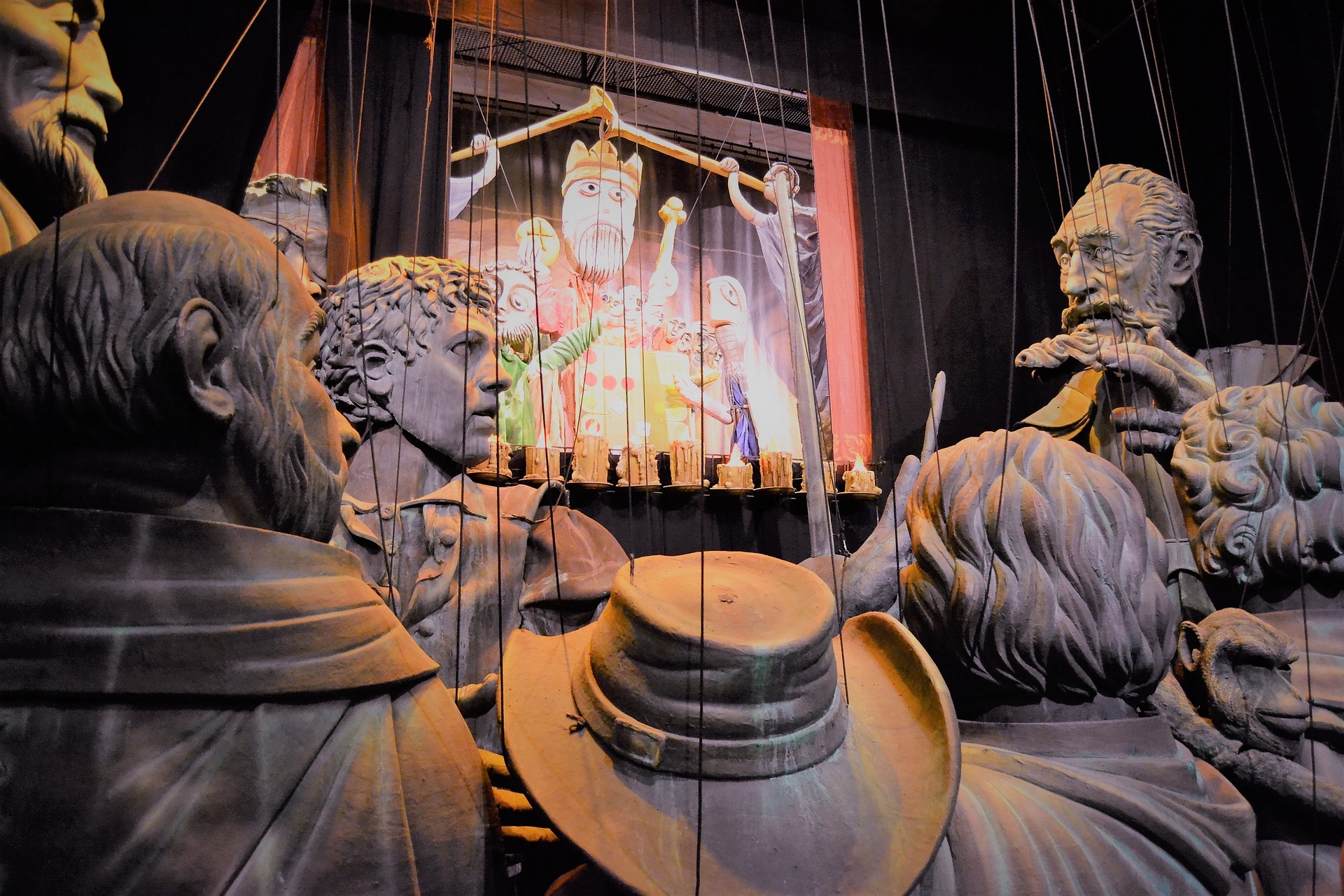Echoes of the East: The Resilience and Evolution of Noh Theater
Introduction: In a world fixated on the new, the ancient art of Noh theater continues to resonate. This traditional Japanese performance form, with its elaborate costumes, musical accompaniment, and stylized movements, offers a window into a cultural tradition that has endured for over six centuries. This article delves into the rich history of Noh theater, its contemporary manifestations, and its profound cultural significance.

Origins and Evolution of Noh Theater
Noh theater originated in the 14th century, developing from various performance traditions such as kusemai (a musical dance) and sarugaku (popular entertainment). It was formalized by Kan’ami and his son Zeami, who refined Noh into the highly stylized form that we recognize today. Noh’s evolution was closely tied to the changing political landscape of Japan, with different periods witnessing shifts in patronage and audience.
The Aesthetics and Elements of Noh
Noh is characterized by its unique blend of music, dance, and drama. The central figure, the shite, often represents a spirit or supernatural being, while a secondary character, the waki, serves as an interlocutor. Masks, made of cypress wood and intricately painted, are used to depict various characters. The performance is typically slow and deliberate, designed to evoke a sense of mystery and otherworldliness.
Noh Theater in Modern Times
Over the centuries, Noh theater has remained a vibrant part of Japanese culture. Today, it is often performed during religious festivals and special occasions, providing a reminder of the country’s rich cultural heritage. While traditionally an art form enjoyed by the elite, Noh theater has gradually become more accessible, with local communities and educational institutions promoting its appreciation.
Noh Theater’s Cultural Significance
Noh’s enduring appeal lies in its capacity to embody and express complex emotions and philosophical ideas. Its themes often revolve around the ephemeral nature of existence, the transience of beauty, and the interplay between the human and the divine. In a world increasingly dominated by fast-paced, digital media, Noh offers a timeless, contemplative artistic experience.
Noh and the Global Stage
In recent years, Noh theater has gained international recognition, with performances staged worldwide. It has also influenced other art forms, from opera to contemporary theater, with its minimalist aesthetics, rhythmic precision, and emotive power. As we move forward, Noh theater’s resilience and adaptability ensure its continued relevance, serving as a testament to the enduring power of traditional art forms.
In conclusion, Noh theater, with its rich history and profound cultural significance, continues to captivate audiences both in Japan and around the world. Its enduring appeal lies not only in its aesthetic beauty but also in its capacity to express complex human emotions and philosophical ideas. As we navigate the complexities of the modern world, Noh theater remains a vital link to our collective past, a testament to the enduring power of traditional art forms.





